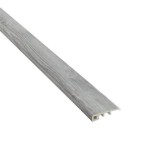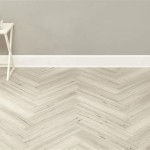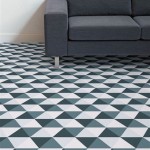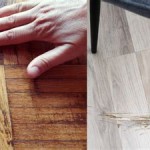Removing hardwood floor without damaging the underlying subfloor requires careful planning and preparation. It is a complex project that requires time and patience. This article will provide a comprehensive overview of the process and provide tips and tricks to help you complete the job successfully.
Step 1: Prepare the Room
Before beginning the process of removing the hardwood floor, it is important to prepare the room. Clear the room of furniture and any other items that may be in the way. Place drop cloths on the floor to protect against debris. Make sure the room is well-ventilated and that the dust from the project is not allowed to accumulate.
Step 2: Remove the Moldings
Once the room is prepared, it is time to remove the moldings around the edges of the floor. Be sure to use a pry bar and a hammer to remove the moldings, as it is important to not damage the walls or the underlying subfloor. Once the moldings are removed, you can begin to pry up the floorboards.
Step 3: Remove the Floorboards
Start at the corner of the room and use a pry bar to lift up the first floorboard. Work your way across the room, prying up the floorboards one by one. It is important to be careful not to damage the underlying subfloor. Once all of the floorboards are removed, you can begin to remove the nails that are left in the subfloor.
Step 4: Remove the Nails
Use a pry bar and a hammer to gently remove the nails from the subfloor. Be sure to remove all of the nails in order to prevent any future damage. If there are any large gaps between the nails, you can use a putty knife to fill them in.
Step 5: Clean the Subfloor
Once the nails have been removed, it is important to clean the subfloor. Use a vacuum to remove any dust and debris, and then mop the floor with a mild detergent. Allow the subfloor to dry completely before proceeding with the next step.
Step 6: Install New Flooring
Once the subfloor is clean and dry, you can begin to install the new flooring. Depending on the type of flooring you are installing, you may need to use a variety of tools and materials. Be sure to follow the manufacturer’s instructions carefully to ensure a successful installation.
Step 7: Finish the Project
Once the new flooring is installed, you can finish the project by replacing the moldings around the edges of the room. Use a hammer and nails to secure the moldings in place, and clean up any debris or dust that may have been created during the process. Your hardwood floor is now ready for you to enjoy!















Related Posts








